
The story of Holocaust survivor Emil A. Fish, who was nine years old when he and his family in Bardejov, Slovakia were sent to a concentration camp.
You May Also Like
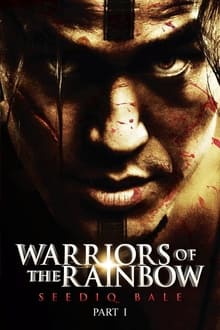
Mouna Rudo was born and raised among the Seediq people, an indigenous tribe in Taiwan, and as he grew to be a man he became a member of the Seediq Bale, a courageous band of native warriors. However, Rudo’s way of life is threatened under the yoke of occupying forces from Japan, who took over the nation in 1895. As Rudo sees the traditions and honor of his people stripped away, he realizes the time has come to fight back, and in 1930 he brings together a group of former Seediq Bale soldiers, many of whom have been reduced to infighting, and molds them into a revolutionary army. Rudo and his comrades make their stand when they confront Japanese occupation troops at a youth athletic event, leading to a violent confrontation between the Seediq forces and their oppressors. Warriors of the Rainbow: Seediq Bale – Part 1: The Sun Flag is Part one of the two-part, four-hour Taiwanese edition of the film Warriors of the Rainbow.
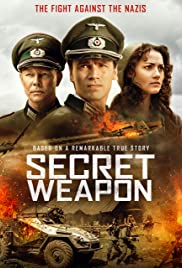

Deep rooted religious beliefs seemingly going back to the Pilgrim Fathers’ puritanism dominate a society which is entertained by violence to no end on a daily basis. If it is true that American movies reflect American society, the United States have yet another severe problem: a lack of open sexuality and eroticism.
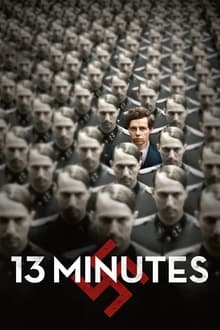
The breath-taking story of a man who nearly would have changed the world. 1939, when Hitler tricked millions of people at the height of his power, one said a radical No: Georg Elser, disparaged as an assassin, is one of the greatest resistance fighters.
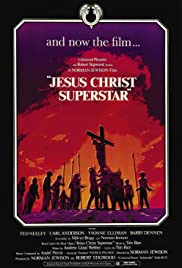
Oscar-nominated film adaptation of the rock opera of the same name, based on the last weeks before the crucifixion of Jesus. The film was directed by Norman Jewison. Ted Neeley and Carl Anderson were nominated for two 1974 Golden Globe Award for their portrayals of Jesus and Judas, respectively.

An in-depth look into the Branch Davidians, a religious cult led by David Koresh in the late 1980s and early 1990s that ultimately met with a tragic, fiery end.

Filmmaker Trevor Graham is an Australian ‘hummus tragic’. Every week in his Bondi Beach home he observes the hummus making ritual, mashing chickpeas, lemon juice, garlic and tahina. But when the Hummus War erupted in 2008, among the usual suspects, Israel, Lebanon and Palestine, Graham was hungry for more. But this war ha no soldiers, bullets or tanks. Just chickpeas and hummus. Make Hummus Not War is a humorous homage to the chickpea’s most distinguished dish. But there’s a personal story, how Graham became a hummus tragic, a father who served in Palestine during WW2 and two lovers in his life, one Syrian, one Jewish, with whom he shared a great culinary passion.
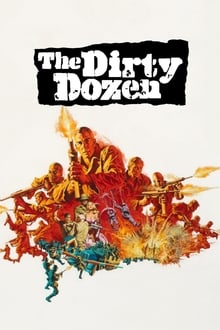
12 American military prisoners in World War II are ordered to infiltrate a well-guarded enemy château and kill the Nazi officers vacationing there. The soldiers, most of whom are facing death sentences for a variety of violent crimes, agree to the mission and the possible commuting of their sentences.
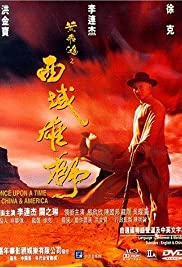
So goes to the U.S. to open a martial arts school. Around this time, many Chinese people were sold off to U.S. railroad companies, and were brutally treated by the Americans under the harsh working conditions. Thus, the American workers’ hatred towards the Chinese immigrants is high. As a result, So gets into trouble with the Americans and the mob, and calls Master Wong for help.